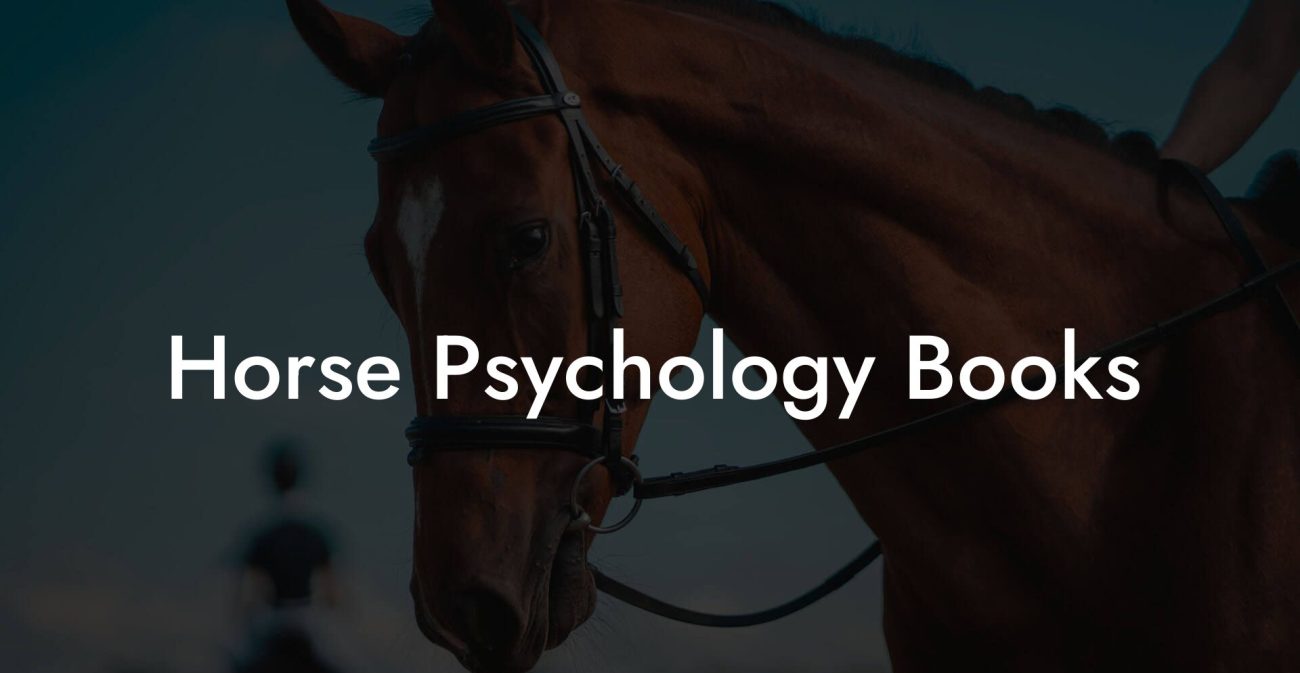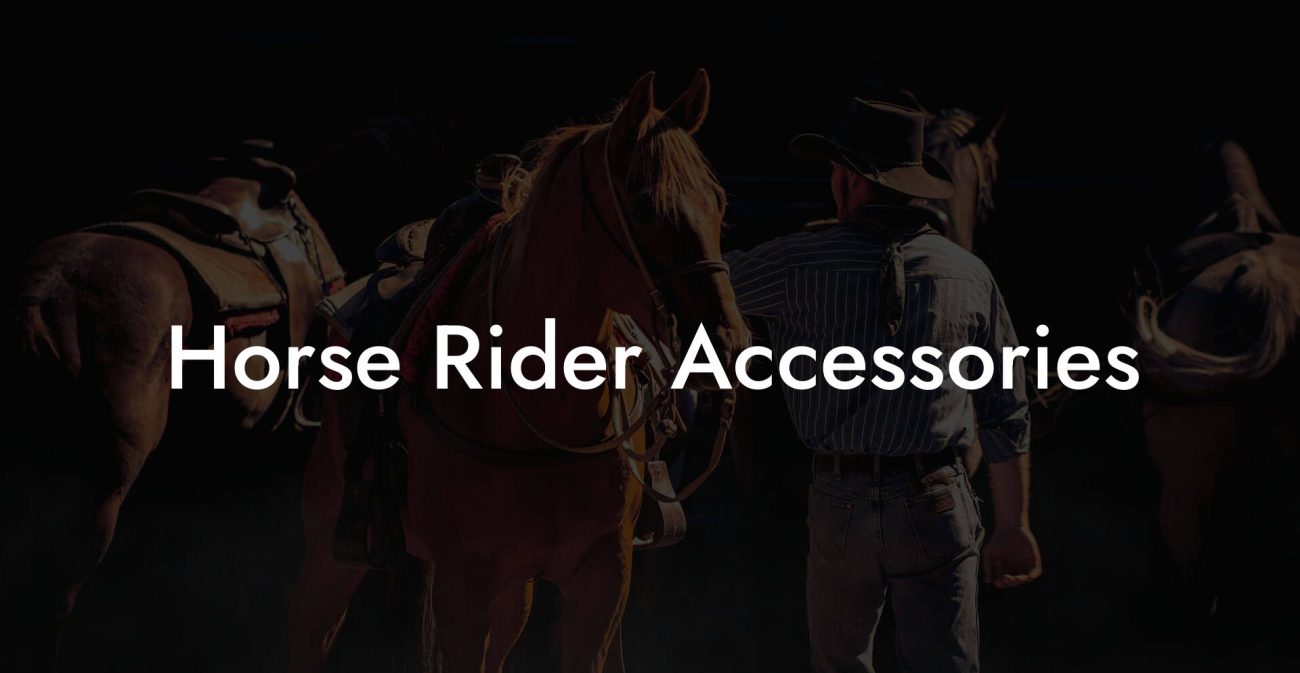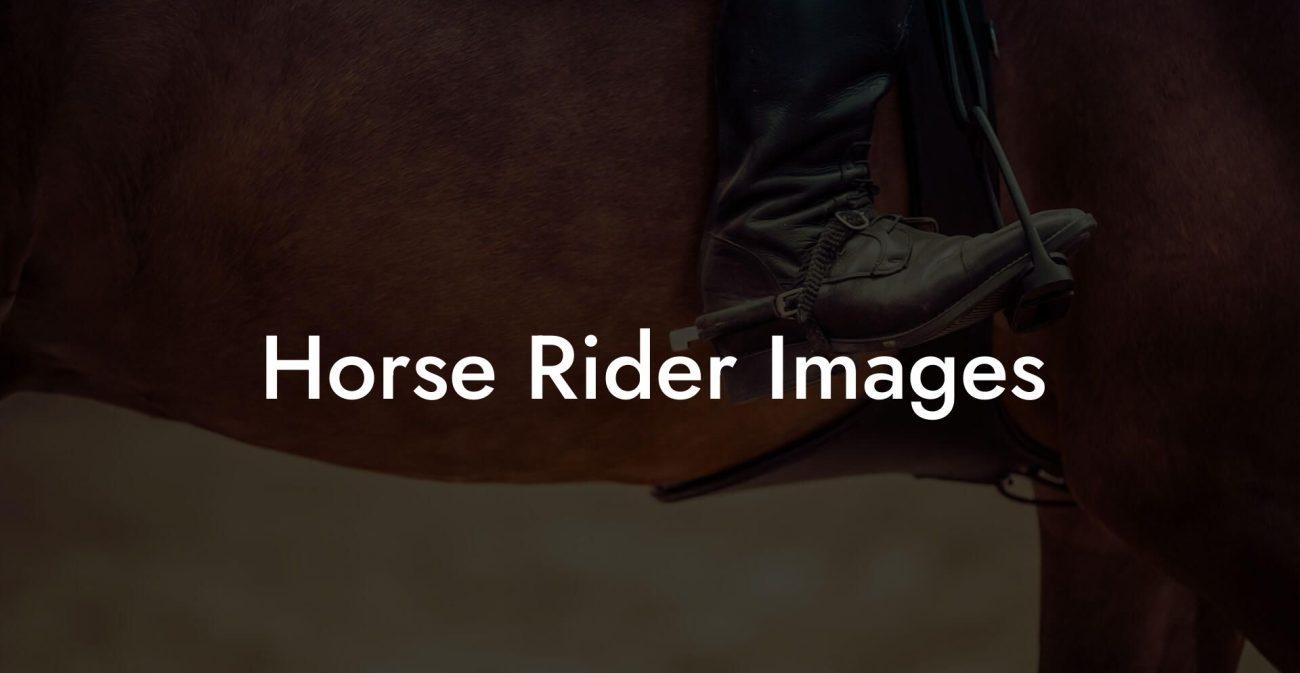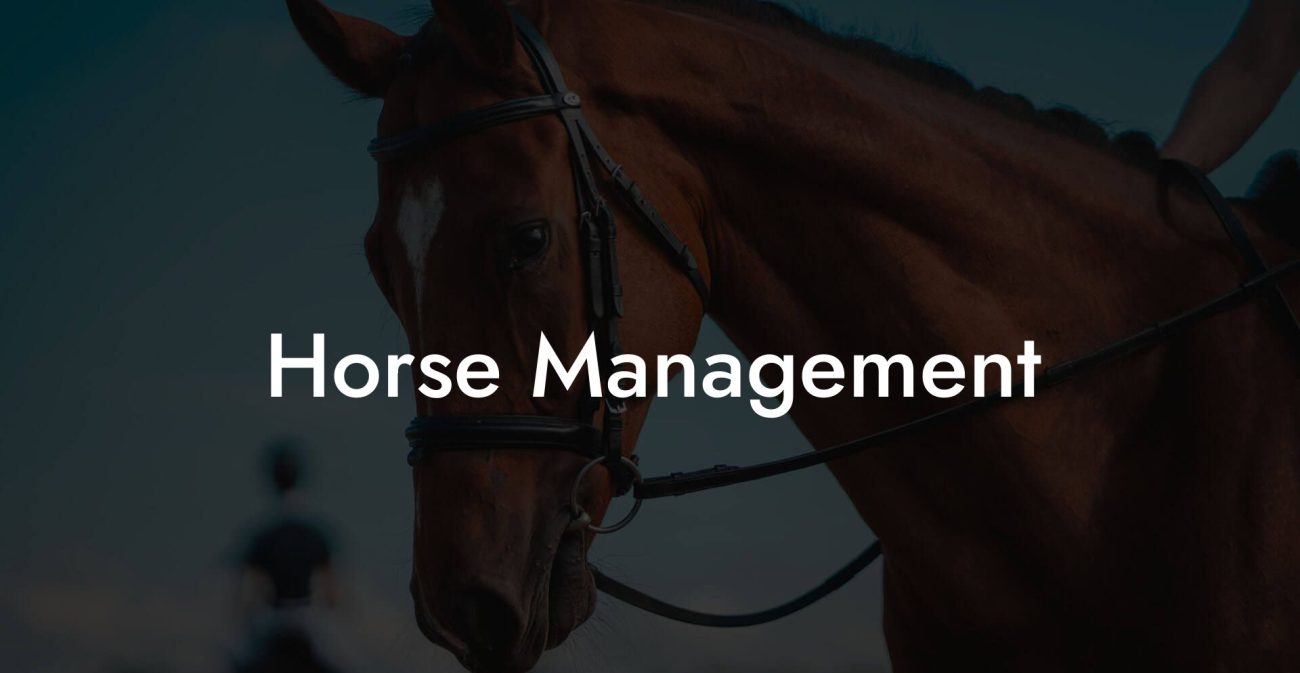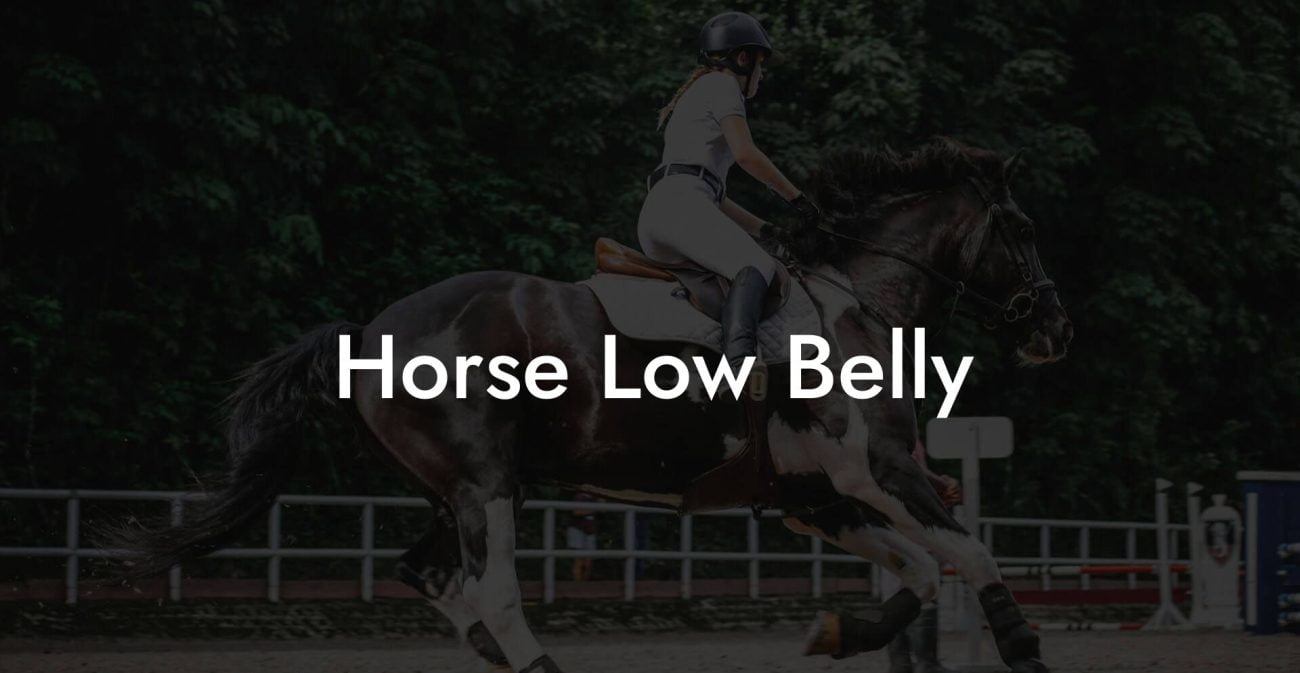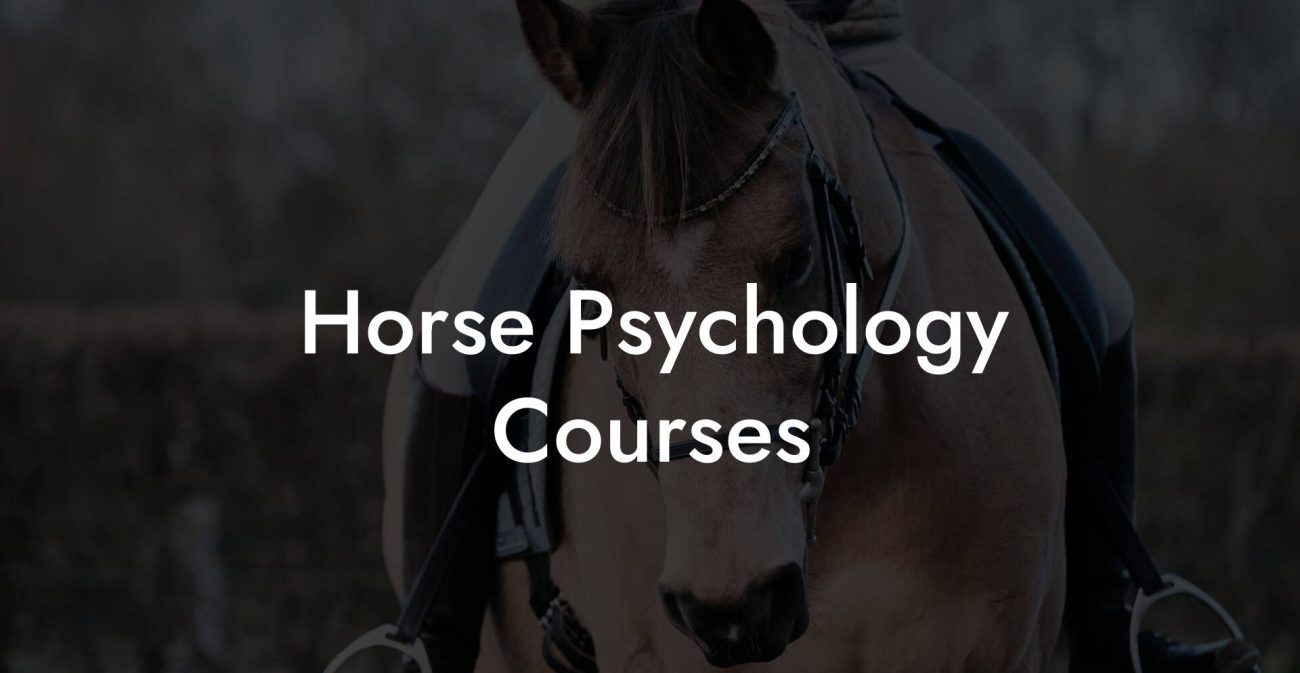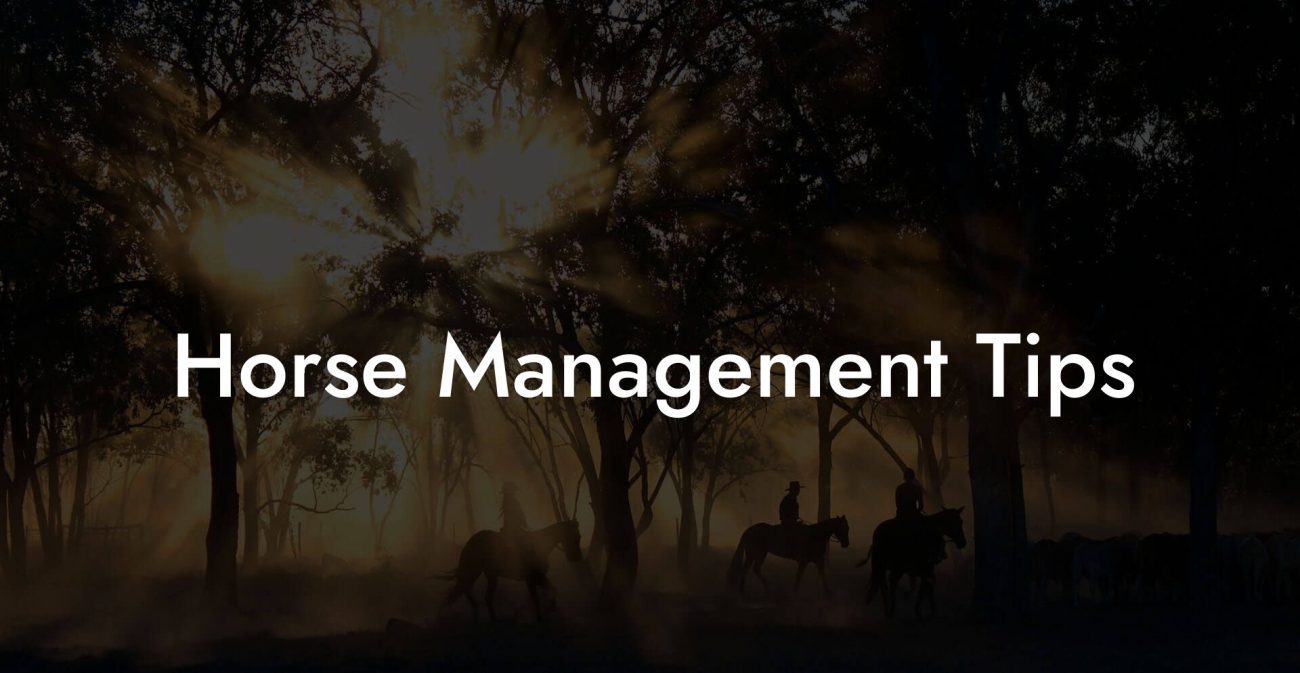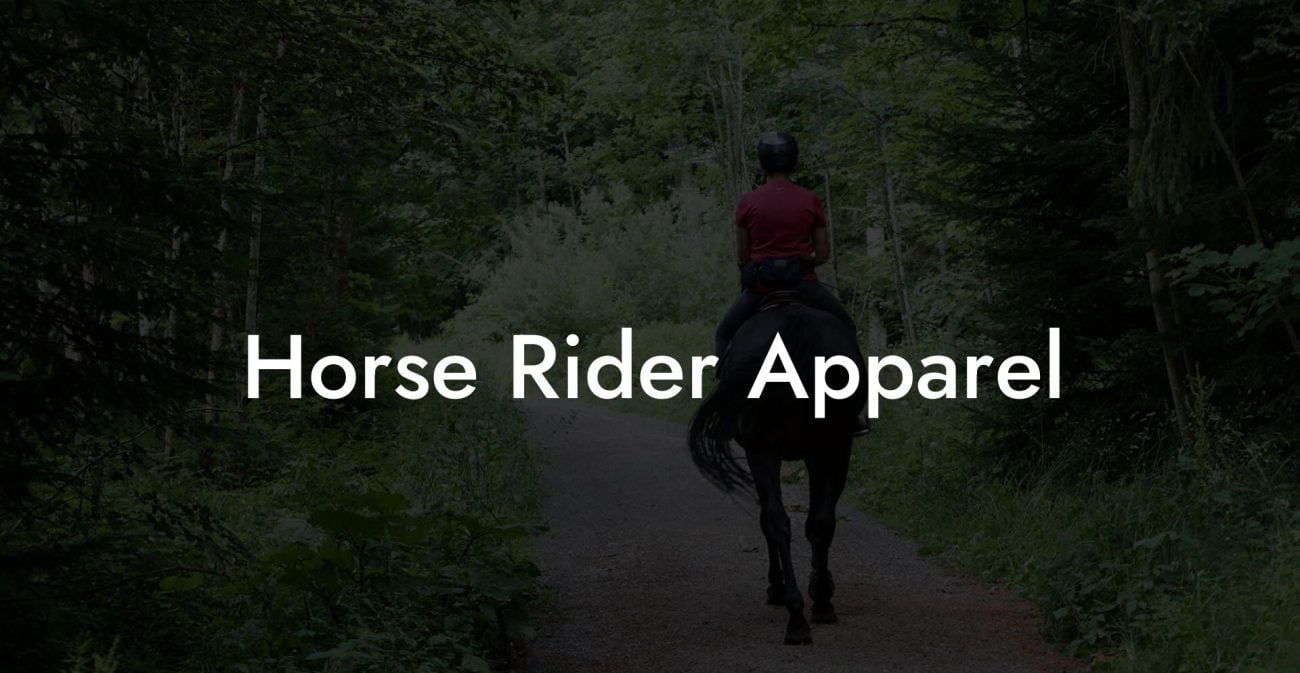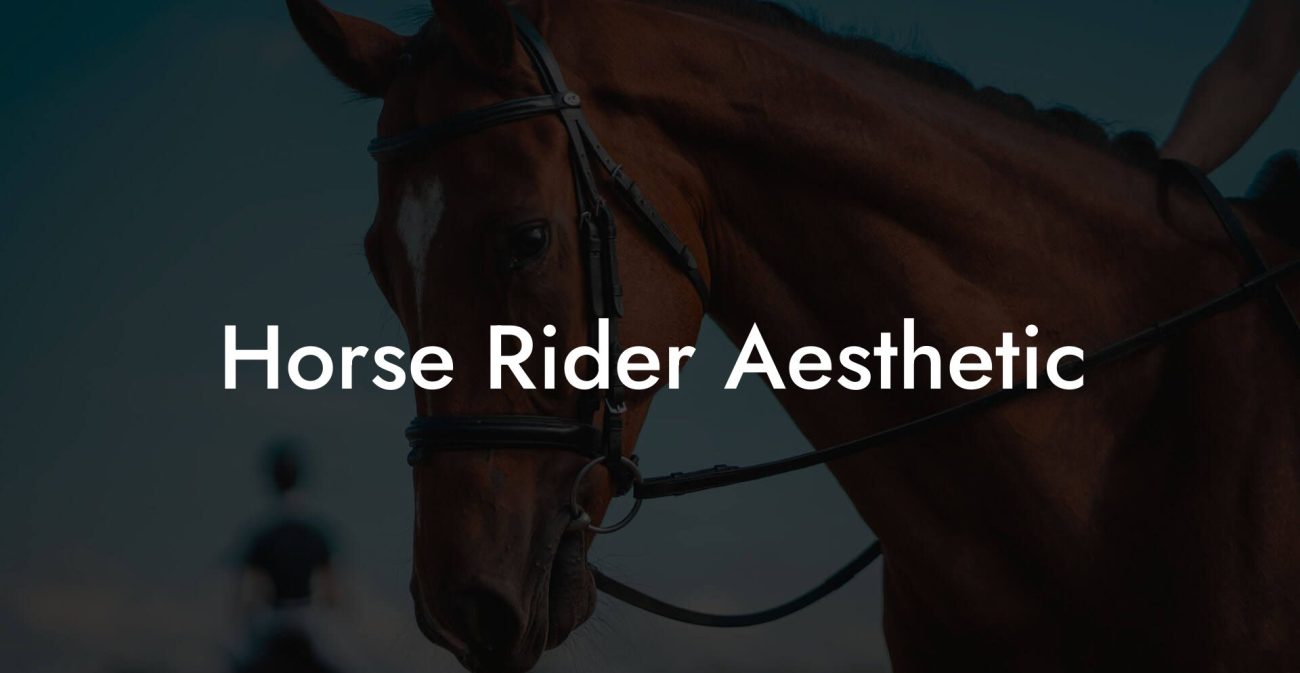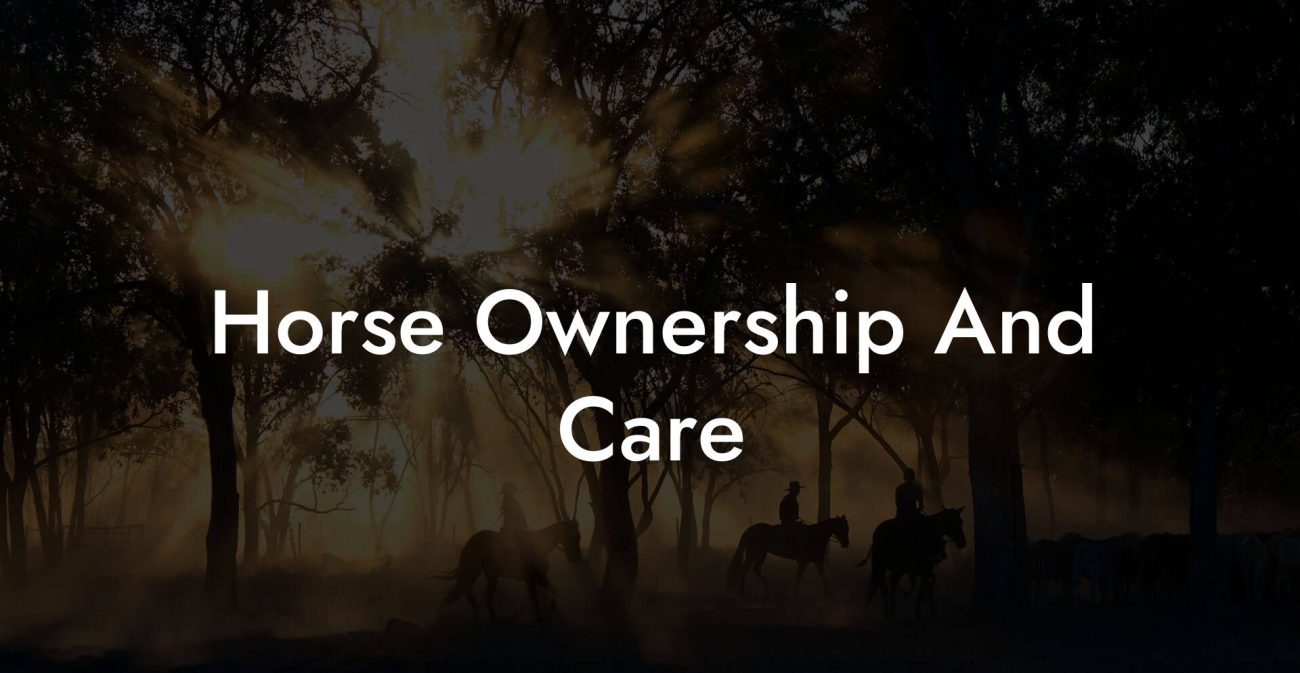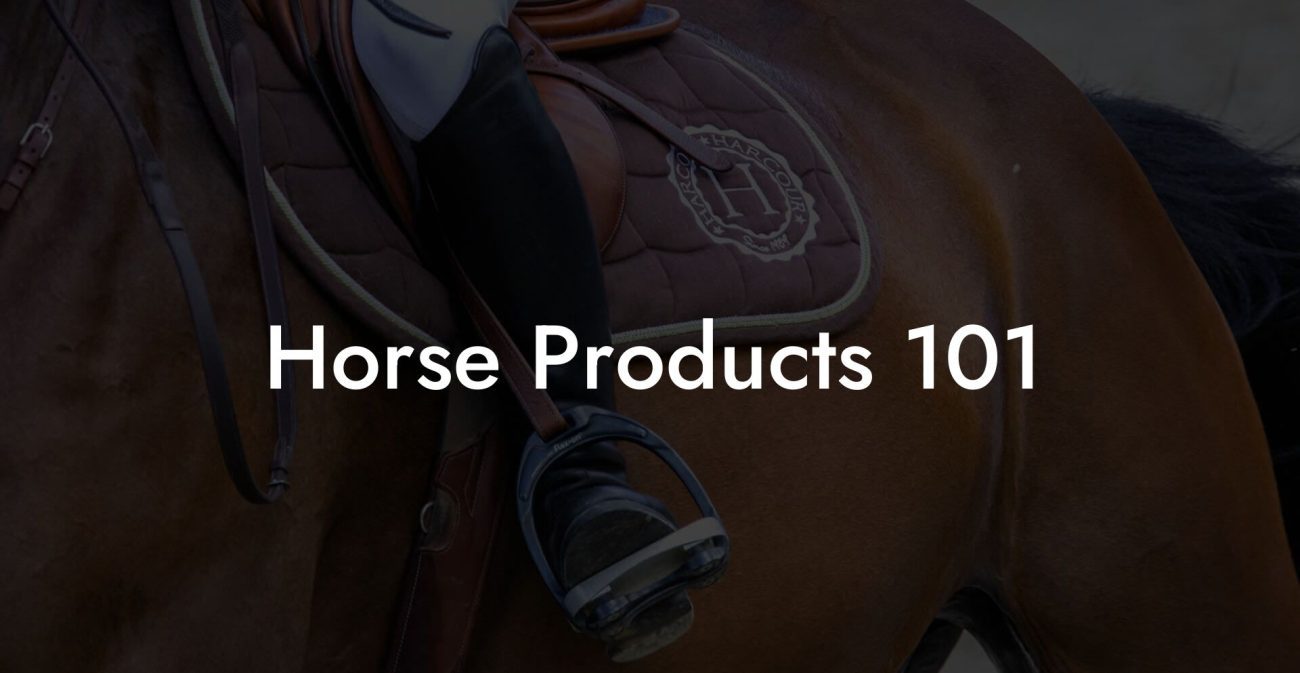When you step into the world of horse pet sitting, you're not just cradling a furry friend with four legs, you're embarking on an adventure that’s equal parts rustic charm, equine wisdom, and unexpected moments of hilarity. Forget the idea of snoozy pet sitters and mundane chores; horse pet sitting is a rhythmic dance of meticulous care, spontaneous gallops, and heartfelt connections with these majestic yet sometimes mischievous creatures. Whether you're a newbie soaking up every snippet of insight or a seasoned caretaker looking to level up your skills, this guide is your VIP pass to mastering the art, and science, of caring for a horse.
Quick Links to Useful Sections
- What is Horse Pet Sitting, Anyway?
- The Essentials of Horse Pet Sitting
- Feeding, Hydration, and Nutrition
- Exercise and Turnout
- grooming and Hygiene
- Medical and First-Aid Basics
- Preparing for the Role: What Every Horse Pet Sitter Needs to Know
- Gain Knowledge and Hands-On Experience
- Safety First: Setting the Stage for a Secure Environment
- Establish Clear Communication with Owners
- Prepare Your Gear
- The Daily Routine: A Playbook for Horse Pet Sitting
- Morning Kick-Off: Early Rise and Shine
- Midday Maintenance: Feeding and Activity Time
- Afternoon Checks and Bonding Moments
- Evening Wrap-Up: Settle Down and Secure
- Conquering Challenges: Troubleshooting Horse Pet Sitting Hiccups
- Dealing with a Picky Eater
- Handling Unpredictable Behavior
- Weathering Extreme Weather
- Tech and Tools: Modern Innovations in Horse Pet Sitting
- Gadgetry and Apps for Equine Care
- Automated Feeders and Water Systems
- GPS and Surveillance for Large Properties
- Equine Encounters: Real-Life Stories and Lessons from the Field
- The Tale of the Tenacious Trotter
- A Lesson in Patience and Persistence
- Resources and Community Support: Your Next Steps
- Educational Resources
- Community Support
- Professional Guidance
- Horse Pet Sitting FAQs: Your Most Pressing Questions Answered
- Your Journey to Equine Excellence
What is Horse Pet Sitting, Anyway?
Horse pet sitting goes far beyond simply feeding hay and mucking out stalls. It's a dynamic mix of responsibility and adventure where your goal is to keep your equine client happy, healthy, and occasionally entertained. From ensuring proper nutrition and exercise to managing daily routines and emergency situations, becoming a competent horse pet sitter means embracing the unpredictable nature of these intelligent animals.
Think of it as caring for a very large, four-legged friend who has a mind of its own, one that might suddenly decide that your carefully arranged hay bale is now a chew toy or that a leisurely stroll should turn into a spirited canter across the field. The modern-day horse pet sitter is as much an animal whisperer as a pragmatic problem solver, blending the traditional with the innovative to provide top-notch care.
Whether you're sitting for a friend’s champion mare or a weekend stallion, understanding the unique behavioral patterns, nutritional needs, and overall lifestyle of horses puts you at the heart of equine excellence. Horse pet sitting is where passion meets practicality, ensuring every hoofbeat contributes to a healthy, happy life.
The Essentials of Horse Pet Sitting
In the realm of horse pet sitting, there are a few fundamental aspects that you'll need to master. Each day is a balancing act, ensuring that your equine buddy receives the right combination of care, exercise, and mental stimulation, all while keeping an eye out for any sign that something might be off. Let’s break down some of these essential components:
Feeding, Hydration, and Nutrition
A horse's diet isn’t as simple as dumping a bucket of feed and calling it a day. Horses need a balanced regimen of roughage, grains, and sometimes specialized supplements to keep their digestive systems humming. Hay forms the cornerstone of a good diet, but the quality, freshness, and type of hay can significantly impact a horse's health. Advanced pet sitters become connoisseurs of hay, understanding the subtle differences between alfalfa, timothy, and orchard grass.
Hydration is equally critical. Keep a watchful eye on water troughs, ensuring that your horse gets ample fresh water, especially during the warmer months. Some horses might enjoy the novelty of moving water or need a few extra splashes of hydration if they're particularly active.
Exercise and Turnout
Just like us, horses need regular exercise to stay fit. Daily turnout in a safe, well-fenced area not only aids physical health but also keeps boredom at bay. Engage your horse with activities ranging from structured lunge work to impromptu romps in the pasture. Remember, a tired horse is a happy horse, at least most of the time!
grooming and Hygiene
Grooming serves multiple purposes: it keeps the horse’s coat shiny, provides an opportunity for health checks, and offers bonding time for both you and your equine companion. From brushing mane and tail to cleaning hooves and checking for skin irritations, regular grooming sessions are essential to maintaining a horse's overall well-being. Plus, who would have thought that a good scratch behind the ears could be so therapeutic?
Medical and First-Aid Basics
Even the most careful pet sitter must be prepared for unexpected situations. Familiarize yourself with the basics of equine first aid, including how to handle minor cuts, joint injuries, and colic symptoms. Keeping a well-stocked first aid kit and knowing the contact details of a nearby equine veterinarian are absolute musts. Whether it's a scraped hoof or a more complex health issue, swift and knowledgeable action can make all the difference.
Preparing for the Role: What Every Horse Pet Sitter Needs to Know
Embarking on your first horse pet sitting assignment can feel like stepping into a world where every detail matters. It’s not just about having a love for horses, it's about understanding their language, anticipating their needs, and embracing the responsibility of care. Here’s how to prepare and shine in your new role:
Gain Knowledge and Hands-On Experience
If you’re just starting out, immerse yourself in learning as much as possible about horse behavior, nutrition, and health care. Volunteering at a stable, taking a short course in equine care, or even shadowing an experienced pet sitter can provide invaluable insights. Books, online tutorials, and community groups are also great resources to fuel your curiosity and build confidence.
Safety First: Setting the Stage for a Secure Environment
Horses are powerful animals, and safety is paramount. Familiarize yourself with stable layouts, handling techniques, and emergency procedures. Always wear appropriate boots, helmets, and gloves, they’re not just for show but essential tools for reducing risk. Knowing your limits and keeping a respectful distance helps both you and the horses feel secure.
Establish Clear Communication with Owners
One of the most critical aspects of pet sitting is ensuring there is a transparent line of communication with the horse owner. Ask plenty of questions about the animal’s routine, preferences, dietary habits, and any quirks that make your equine friend unique. Detailed instructions and emergency contacts should be exchanged well before the horse lands in your care.
Prepare Your Gear
From brushes and combs to saddle pads and hoof picks, having a dedicated kit can save you during those unexpected muddy encounters. Consider what each specific horse might need and pack accordingly. A well-prepared pet sitter is one who’s ready for any situation, rain, shine, or surprise mane mishaps!
Finally, wrap yourself in an attitude of humility, curiosity, and joy. Every moment you spend with your equine friend is an opportunity to learn, bond, and bring a little spark of happiness into both of your lives.
The Daily Routine: A Playbook for Horse Pet Sitting
Establishing a consistent daily routine is imperative for any horse pet sitter. Horses thrive on reliability, and a predictable schedule not only eases their minds but also lays out a roadmap for their overall care. Here’s an in-depth look at what a day in the life might entail:
Morning Kick-Off: Early Rise and Shine
Early mornings are often the quiet before the storm; it’s the perfect time to check on your horse before the day really gets started. Begin by inspecting the stall or paddock for any overnight mishaps. Freshen up the water supply, gather clean bedding, and give a quick once-over to ensure there’s no sign of discomfort or unusual behavior. Early morning grooming sessions help to stimulate circulation and build a rapport that lasts throughout the day.
Midday Maintenance: Feeding and Activity Time
Come mid-day, it’s time to refuel and refresh. Meals should be served according to your horse’s nutritional needs, high-quality hay, grain, and sometimes specially formulated supplements are on the menu. This is also a crucial window for engaging in mild exercise, whether it's a leisurely walk, light training, or even simple turnout to stretch those limbs. The goal is to keep them active enough to prevent stiffness but calm enough to avoid overexertion.
Afternoon Checks and Bonding Moments
The afternoon is perfect for bonding time. Whether you spend it grooming, offering a gentle massage, or simply relaxing together in the shade, these moments deepen your connection with the horse. Regular checks during this time help spot any developing issues, such as changes in behavior or signs of discomfort. Maintaining a calm and reassuring demeanor goes a long way in establishing trust and reducing any underlying anxiety in your equine friend.
Evening Wrap-Up: Settle Down and Secure
As the sun sets, begin winding down the day with a final check of the stables and pastures. Ensure that all equipment is secure, that the horses are settled in for the night, and that any loose items are stored safely away. A calm, consistent bedtime routine such as a final grooming session or light stretching can help signal that the day has ended, allowing the horse to relax and get a restful night’s sleep.
Keeping a detailed log of your daily activities not only aids in tracking the horse’s condition but also provides valuable feedback if issues arise. With a routine as detailed as this, your horse will not only appreciate the care but will also come to rely on the structured predictability that benefits their overall well-being.
Conquering Challenges: Troubleshooting Horse Pet Sitting Hiccups
Let’s face it, no matter how much you plan, there are times when even the best-laid horse-sitting days go a bit haywire. Horses are known for their independent spirits, and sometimes, this can lead to unpredictable challenges. But fear not, each challenge is just another chance to flex your problem-solving muscles, and yes, sometimes even have a laugh!
Dealing with a Picky Eater
Ever had a horse that gives you the equivalent of the ultimate “not impressed” look when you present them with their daily feed? Some horses develop a taste for the finer (or just different) things in life. If faced with a picky eater, try switching up the type of hay or mixing in a small amount of a favored treat to entice them. Experimentation, patience, and a touch of creativity can often turn the mealtime drama into a delightful culinary discovery.
Handling Unpredictable Behavior
Horses are notorious for their quirky personalities, one minute they’re your loyal best friend, and the next, they’re off on a mysterious dash across the pasture. When behavior gets unpredictable, rely on your daily routine, patience, and a calm voice to guide them back to equilibrium. Sometimes a short break in a quiet corner or a redirection through a favorite toy or treat can remind your equine companion of who’s really in charge of the stable.
Weathering Extreme Weather
Mother Nature can throw some curveballs, from torrential rain to surprising heatwaves. In these cases, having a backup plan, whether it’s an alternative shelter, extra blankets, or ensuring that water supplies aren’t frozen, is key. Proactive preparation means you’re always one step ahead, keeping your horse comfortable no matter what the weather forecast says.
Every hiccup and challenge reinforces the need for adaptability, keen observation, and the occasional dash of humor. Remember, each obstacle is an opportunity to learn, refine your skills, and ultimately, better care for these magnificent creatures.
Tech and Tools: Modern Innovations in Horse Pet Sitting
Even though horses have been the noble companions of humans for centuries, the rise of technology has given modern horse pet sitters some seriously cool tools to up their game. Embracing these innovations can streamline your daily routines, enhance communication, and, most importantly, ensure that your horse gets the best care possible.
Gadgetry and Apps for Equine Care
From smartphone apps that track feeding schedules and exercise routines to wearable devices that monitor your horse’s activity levels and vital signs, technology is fast becoming your new trusty sidekick. These digital tools assist you in maintaining meticulous care logs and provide insights into your horse’s behavior patterns that might otherwise fly under the radar.
Automated Feeders and Water Systems
Think of automated feeders and waterers as the unsung heroes of the stable. They ensure that your horse always has access to fresh food and water, even when you’re juggling multiple assignments or simply need a breather. Integrating these systems into your routine not only saves time but also guarantees consistency in nutrition and hydration.
GPS and Surveillance for Large Properties
Working on expansive properties or remote pastures can present challenges when it comes to keeping track of your horse’s whereabouts. GPS trackers and CCTV systems have become indispensable for ensuring that your equine friend is safe and sound, especially in cases where the pasture stretches further than your line of sight.
Embracing technology in horse pet sitting not only simplifies many everyday tasks but also allows you to ensure that your horse is always in the best health and environment possible, after all, a well-monitored horse is a happy horse.
Equine Encounters: Real-Life Stories and Lessons from the Field
What’s a guide without some real-life inspiration? Across stables, ranches, and private barns, countless stories of unexpected friendships, turning challenges into triumphs, and humorous mishaps abound. These tales not only define the essence of horse pet sitting but also serve as education wrapped in storytelling.
The Tale of the Tenacious Trotter
Meet Bella, a spirited mare with an attitude as big as the barn. On one particularly rainy day, Bella decided that the usual turnout was boring and opted to explore every corner of the property, even if it meant sneaking into the neighbor’s pasture. With a mix of quick thinking and gentle coaxing, her caretaker managed to guide her back, all while sharing a hearty laugh over the unexpected adventure. Bella’s escapade underscored that every unpredictable moment is a chance to bond, learn, and appreciate the quirks that make each horse unique.
A Lesson in Patience and Persistence
Then there was Max, a stallion known for his stubborn streak. Initially resistant to grooming, Max would spook at the sight of a brush and dash off with a flurry of hooves. With patience, consistency, and a little bit of tasty incentive, his owner slowly earned his trust, transforming chaotic grooming sessions into moments of calm and mutual respect. Max’s journey is a testament to the power of persistence and the fact that sometimes, a little time and empathy go a long way.
These narratives are not just stories, they’re blueprints, reminders that every horse pet sitter, from the smallest stable to sprawling equestrian centers, learns by doing, laughing, and embracing the unexpected. Each experience adds another tool to your repertoire, enriching your understanding and deepening the bond you share with these incredible creatures.
Resources and Community Support: Your Next Steps
No matter how skilled you become, the journey of horse pet sitting is one best traveled with a community of like-minded enthusiasts. From online forums and social media groups to local equestrian clubs, connecting with fellow horse lovers opens doors to a wealth of shared knowledge, tips, and support.
Educational Resources
Delve into a world of online courses, expert blogs, and YouTube channels dedicated to equine care. Platforms like Equine World, Horse & Rider magazine, and various Instagram influencers offer treasure troves of practical advice, from tackling first aid emergencies to mastering advanced grooming techniques.
Community Support
Engage with local riding clubs, stables, and rescue organizations. Many towns have communities of horse enthusiasts who regularly share updates on events, workshops, and local meetups. By participating in these groups, you not only improve your skills but also contribute to a network that supports equine welfare and nurtures the spirit of camaraderie.
Professional Guidance
Never hesitate to ask for professional advice when needed. Establishing relationships with equine veterinarians, experienced trainers, and seasoned pet sitters can provide you with a safety net of expertise. They can offer tailored advice that addresses the unique challenges of each pet sitting scenario.
Embracing these resources paves the way for continuous learning and ensures that you’re always in the loop when it comes to best practices and innovative care techniques. As you expand your horizons, remember that the journey of growth is as exhilarating as the adventure itself.
Horse Pet Sitting FAQs: Your Most Pressing Questions Answered
Navigating the rewarding yet complex world of horse pet sitting can leave you with numerous questions. Below, we address some of the most common queries with clear insights to help you on your journey.
1. What exactly is horse pet sitting?
Horse pet sitting involves providing comprehensive care for a horse while its owner is away. This includes daily tasks such as feeding, grooming, exercise, and ensuring the animal’s overall well-being.
2. How do I prepare for a horse pet sitting assignment?
Preparation involves learning the basics of equine care, understanding the specific needs of the horse, having the right gear on hand, and clear communication with the owner regarding routines and emergency contacts.
3. What should I know about a horse’s nutritional requirements?
Horses require a diet rich in quality hay, proper grains, minerals, and often water or supplements tailored to their age, breed, and activity level. Observing their eating habits and consulting with the owner or a vet can provide important guidance.
4. How do I ensure my safety around a horse?
Safety is crucial. Always assess the stable environment, wear appropriate protective gear, use proper handling techniques, and be aware of the horse’s body language. Keeping calm and respectful distance is key.
5. Can technology help me manage horse care better?
Absolutely. Modern tools such as mobile apps, GPS trackers, and automated feeders help in monitoring routines, ensuring consistency in care, and providing peace of mind.
6. How do I handle unexpected behavioral issues?
Understand that horses have distinct personalities. Approach behavioral challenges with a calm, patient demeanor, and use gentle redirection techniques. When needed, consult professionals for additional strategies.
7. What are common emergencies in horse pet sitting?
Common emergencies include colic, injuries, or severe weather-related issues. Knowing basic first aid, having emergency contacts, and a well-stocked first aid kit are vital.
8. Do I need insurance to be a horse pet sitter?
Many professional pet sitters opt for insurance that covers property damage and liability. Check with your local regulations and consider getting coverage to safeguard yourself and the horses you care for.
9. Is there a certification for horse pet sitting?
While certifications aren’t always required, various equine care courses and workshops can boost your credentials and increase confidence among clients.
10. Can I combine horse pet sitting with other pet care services?
Absolutely. Many pet sitters diversify their services to include other animals, but always ensure that you’re fully prepared to meet the unique needs of each species.
Your Journey to Equine Excellence
Embarking on the path of horse pet sitting means embracing a lifestyle where every day is an adventure, every challenge is a lesson, and every interaction deepens your connection with these awe-inspiring animals. This isn’t just a side gig or a casual pastime, it’s a commitment to excellence in equine care that requires passion, attention to detail, and a willingness to learn and adapt.
Through dedicated routines, innovative technology, and the support of a vibrant community, you are empowered to provide outstanding care for horses while continuously growing as a pet sitter. With newfound skills and meaningful relationships forged along the way, you’ll not only elevate the lives of the horses you care for but also enrich your own.
Whether managing the everyday hustle of feeding schedules, preventing and troubleshooting minor crises, or simply soaking in those quiet moments of connection, your journey is a testament to the transformative potential of compassionate care. Every brush stroke, every shared chuckle over a quirky moment, and every problem solved is an investment in a healthier, happier equine future.
Step confidently into this vibrant world of horse pet sitting, where every day is a new opportunity to learn, laugh, and leave a lasting impact in the lives of your four-legged friends. Let the adventure fuel your passion for care, and may you always gallop at the speed of compassion toward equine excellence.


